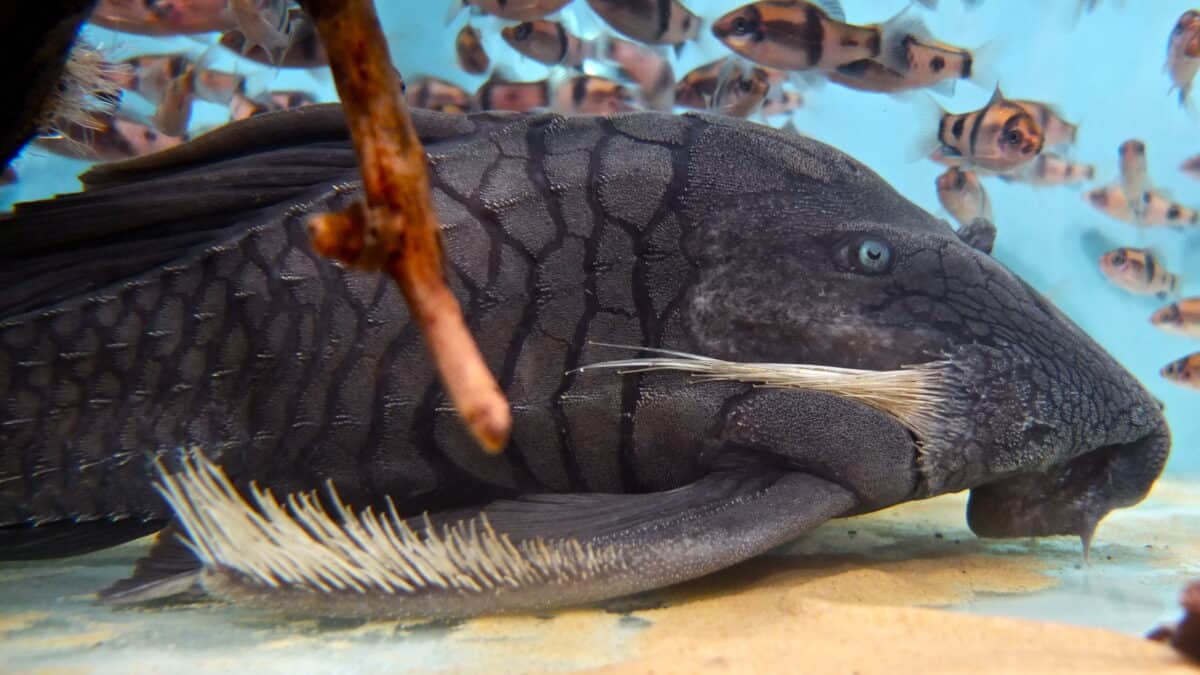Intricate tapestry of creatures that make up our planet’s ecosystem, a peculiar fish stands out due to its unusual dietary habits: the wood-eating catfish. Known for its remarkable ability to digest wood, this aquatic marvel poses numerous intriguing questions about adaptation, evolution, and survival. Let’s dive into the world of these fascinating fish and explore how they have carved out a niche in an environment full of challenges.
Understanding the Wood-Eating Catfish
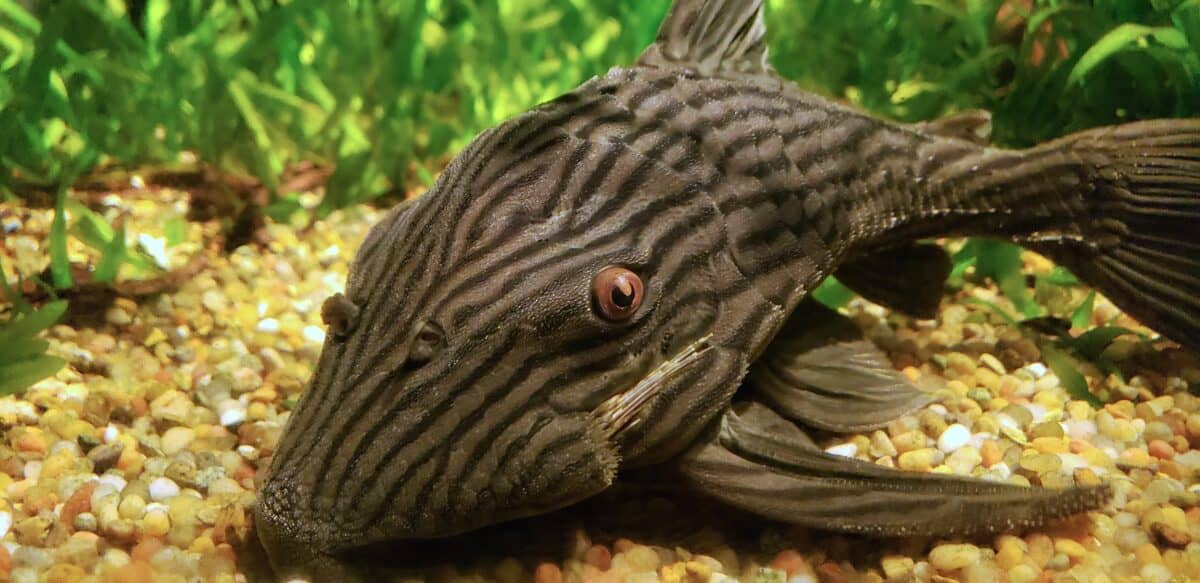
Within murky waters of the Amazon Basin lies the secretive wood-eating catfish, scientifically known as Panaque. These fish have captured the attention of scientists and fish enthusiasts alike by dining on a diet that would be hard to digest for most other creatures. Belonging to the Loricariidae family, their unique dietary choice is not merely out of preference but a remarkable evolutionary adaptation.
The Significance of Wood in Their Diet

At first glance, it might seem puzzling why a fish would choose wood, a substance that is difficult to digest, as its primary food source. For the Panaque, this choice is more about necessity than instinct. In their natural habitat, submerged logs and decaying wood are plentiful, providing both a food source and shelter from predators.
Physical Adaptations for Wood Consumption

Panaque have developed various physical adaptations to aid in their consumption of wood. One notable feature is their specialized teeth, which are spoon-shaped to scrape and grind the wood. This adaptation is crucial for efficiently ingesting and processing the fibrous material.
The Role of Microbes in Digestion
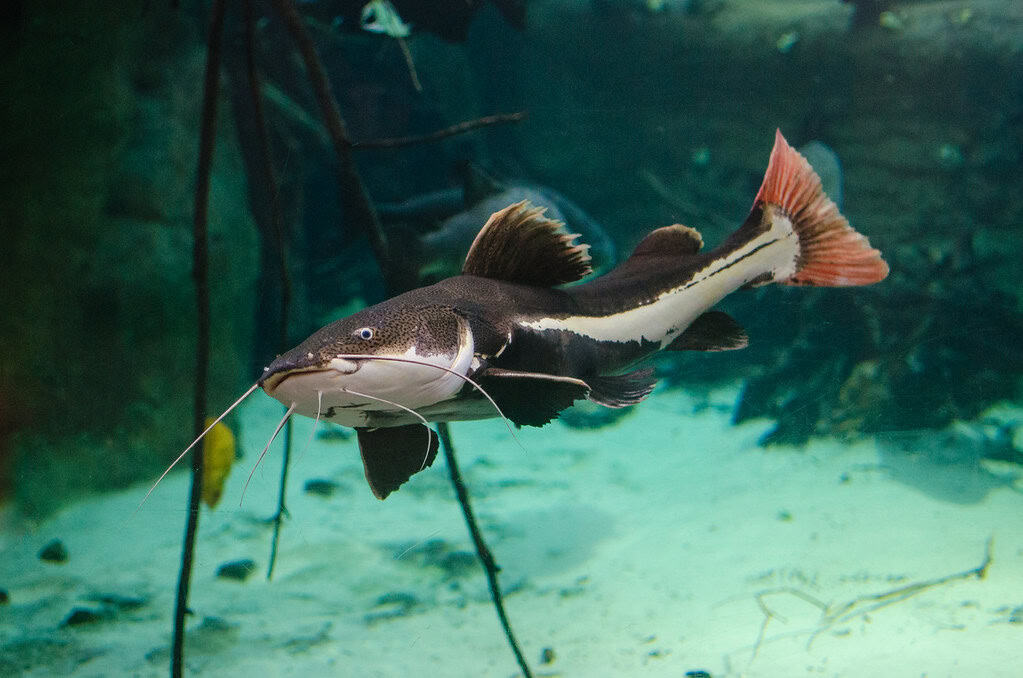
Diving deeper into their digestive process reveals a fascinating collaboration between the Panaque and the microbial organisms dwelling within their guts. These microbes break down the cellulose in the wood into simpler compounds that the fish can absorb. This symbiotic relationship is crucial, as the fish rely heavily on these microbes to extract necessary nutrients from a seemingly barren food source.
The Energy Conundrum: Overcoming Dietary Challenges
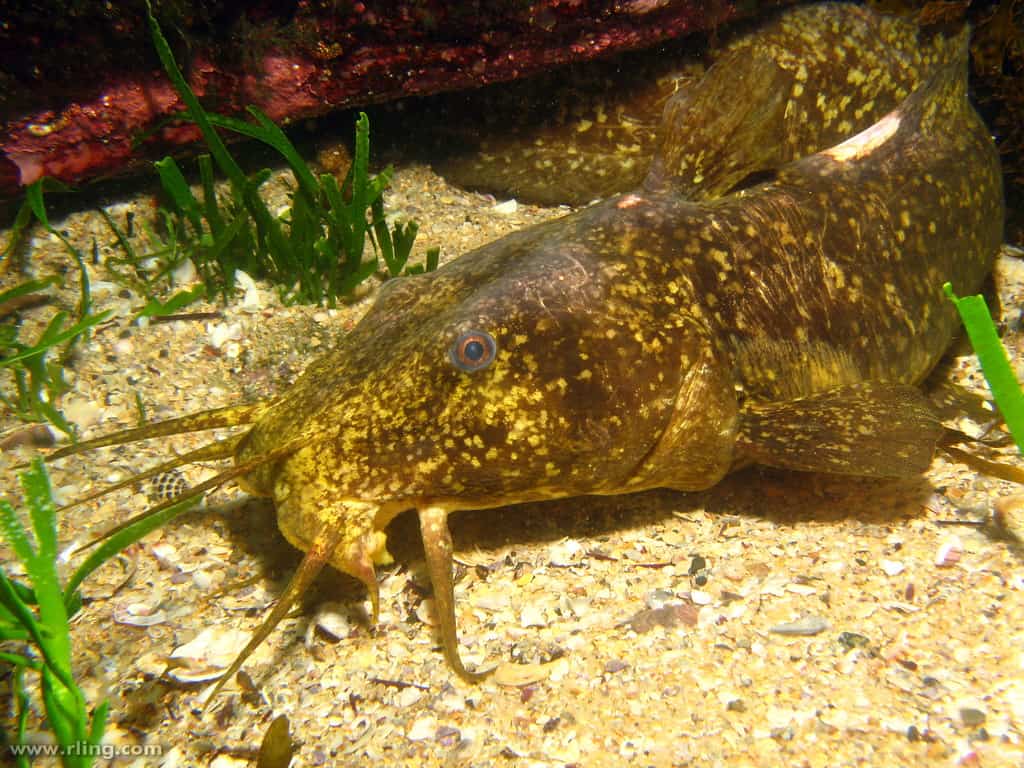
One might wonder how a creature can survive on such an energy-deficient diet. To manage this, Panaque catfish expend less energy than other fish, thanks to a slower metabolism. Their constant gnawing on wood also ensures they maintain an active digestion process, offsetting the need for a more energy-rich diet.
Life in the Amazon: Habitat and Ecology

The Amazon Basin’s diverse and complex ecosystem provides an ideal broth for the Panaque’s unique lifestyle. Here, submerged and decomposing wood is abundant all year round, ensuring these fish have constant access to food. This environment encourages the development of their specialized feeding habits, securing their place in the ecological niche.
Behavioral Traits and Social Dynamics

Living in an environment teeming with diversity, Panaque catfish exhibit intriguing social behaviors. Typically found in groups, they have a communal approach to gnawing on larger tree stumps, showcasing a surprisingly cooperative dynamic usually not seen in solitary creatures.
Breeding and Reproductive Habits

While much about their reproduction remains shrouded in mystery, it is understood that Panaque lay their eggs within submerged logs or crevices, providing a safe environment for their offspring. This reproductive strategy further emphasizes their reliance on woody environments.
Conservation and Human Impact

Human activities, such as deforestation and pollution, pose a significant threat to the world of Panaque. Protecting their natural habitats is paramount, not only for their survival but also for maintaining the delicate balance of the Amazon’s intricate ecosystems.
Capturing the Panaque: Challenges and Considerations

For enthusiasts wanting to keep these fish in aquariums, replicating their natural diet and environment is a daunting task. While they can consume certain types of wood available commercially, ensuring their dietary needs are met requires careful monitoring and understanding of their digestive requirements.
Unlocking the Enigma: Ongoing Research
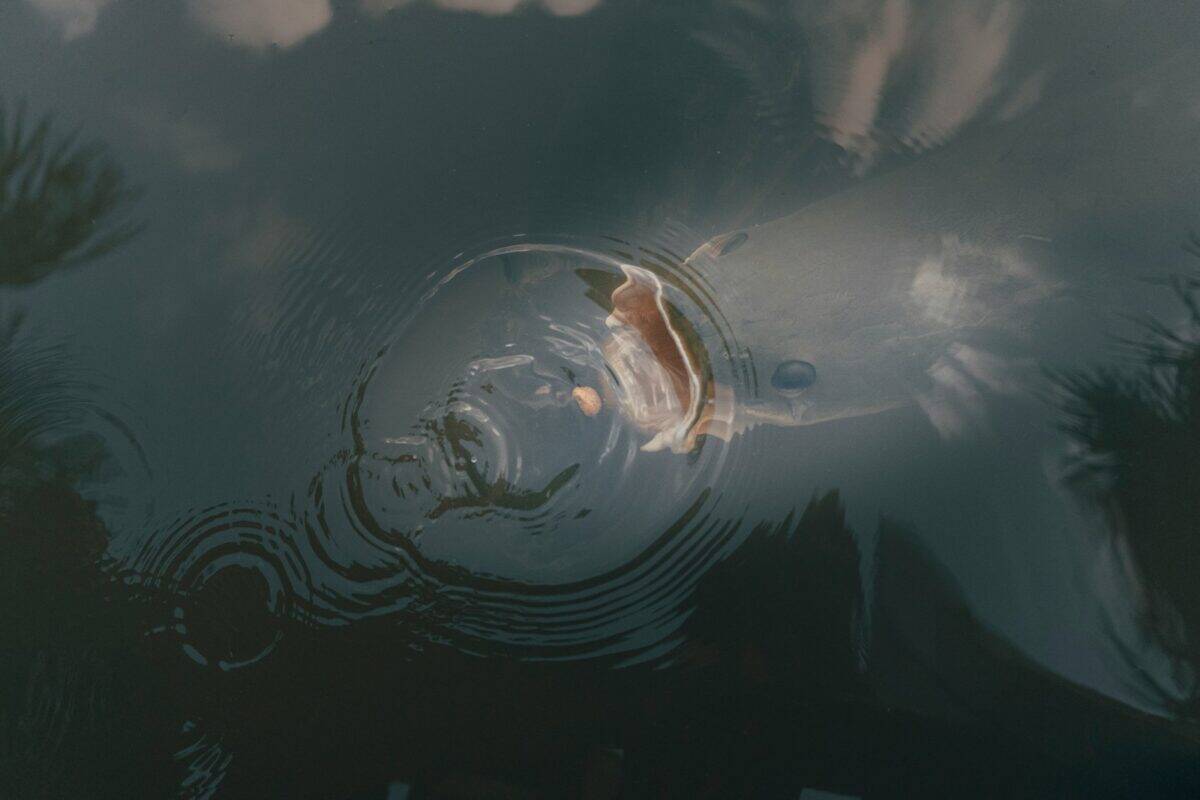
Scientists continue to study the Panaque to understand better how they thrive on such an unusual diet. This ongoing research is crucial not just for comprehending wood digestion in aquatic creatures but also for potential applications in waste management and biotechnology.
Conclusion: The Wood-Eating Wonders

The story of the Panaque catfish serves as a testament to nature’s incredible ingenuity and adaptability. By embracing a diet that others cannot, they highlight the extraordinary lengths to which life will evolve to thrive in diverse environments. As we learn more about these remarkable fish, we gain not only insights into their lives but also broader understanding of biodiversity and ecological balance. Truly, the Panaque’s life is a remarkable tale of survival, adaptation, and the complex interplay of nature’s laws.
- How Baby Giraffes Learn to Walk Within Hours - August 16, 2025
- Why We Need to Save The Cross Gorilla, The Most Endangered Primate in The World - August 16, 2025
- This Snake Can Climb Glass Walls - August 16, 2025

